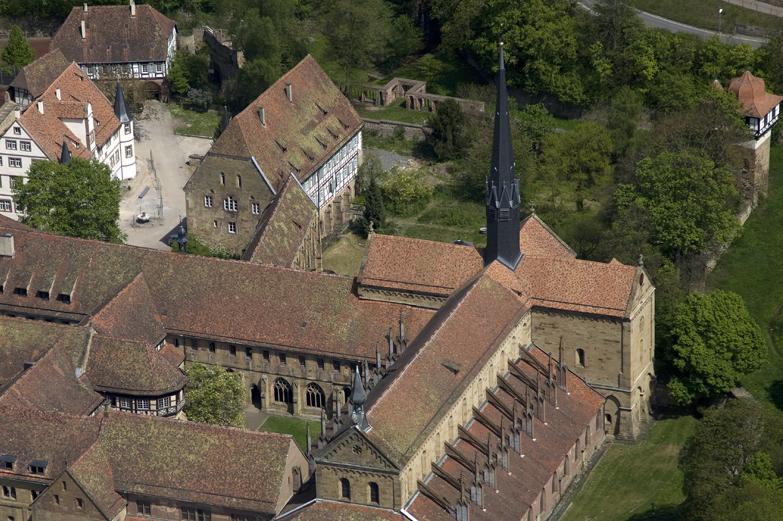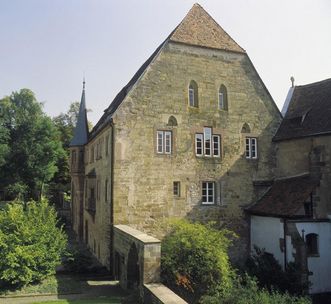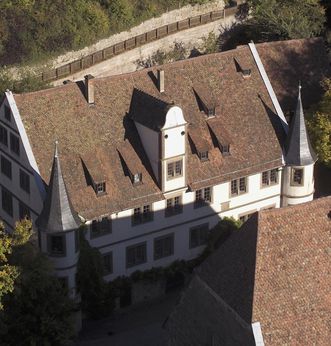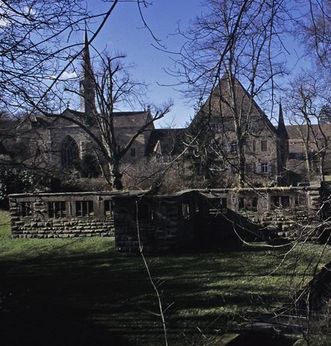FROM HOSPITAL TO SCHOOL: THE EPHORAT
Before its conversion into a guest house and infirmary, this structure was the monastery hospital. Monks could access it from the hermitage through the connecting corridor with the late Gothic net vault. The building was modified several times but is Romanesque at its core. The last structural changes were commissioned by Abbott Entenfuß in 1512, with the addition of the oriel. Its name reflects its current use as an evangelical seminary, whose headmaster is referred to as an Ephorus.






